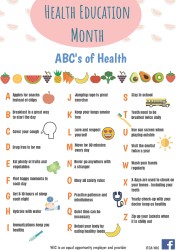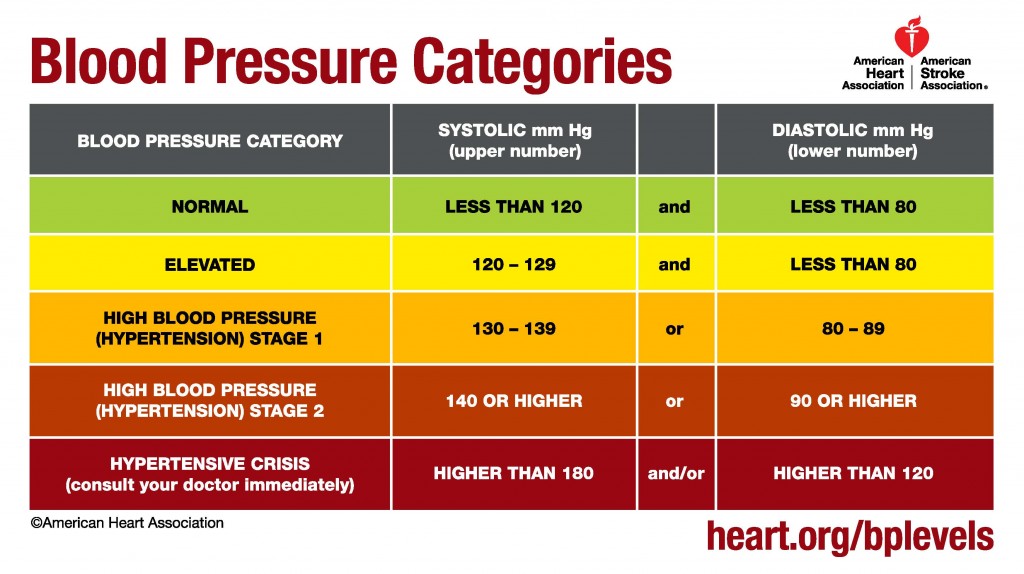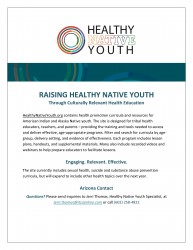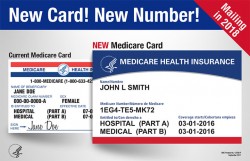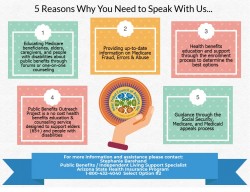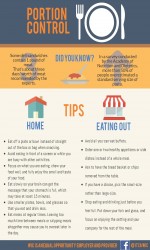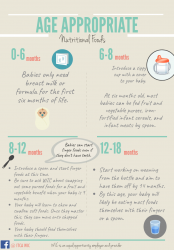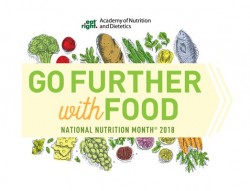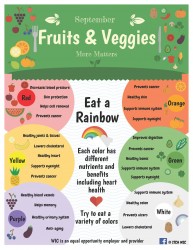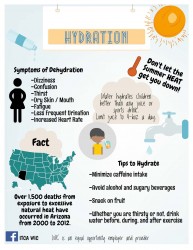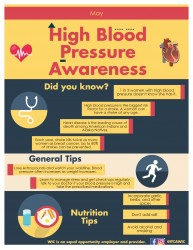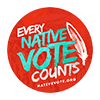On this final month of 2019, ITCA WIC would like to bring awareness to premature births and SIDS.
A full term pregnancy is 40 weeks and prematurity is a term for any baby born before 37 weeks gestation. While not all premature babies experience complications, being born too early can cause short-term and long-term health problems. Generally, the earlier a baby is born, the higher the risk of complications. If you deliver a preterm baby, your baby will likely need a longer hospital stay in a special nursery unit at the hospital. Although the exact cause of preterm birth is often unknown, there are some things that can be done to help prevent it. Please see the following for some more information:
Premature Babies Infographic
Preemie vs Full-Term Infographic
Premature Weeks Infographic
Premature Factors Infographic
Sudden infant death syndrome (SIDS) is the unexplained death, usually during sleep, of a seemingly healthy baby less than a year old. There are many possible causes and risk factors that play a role in SIDS. There is no treatment for SIDS but you can help your baby sleep safely by staying informed. Check out the following resources to help stay informed:
5 Ways to Prevent SIDS Infographic
SIDS by Baby’s Age Infographic

